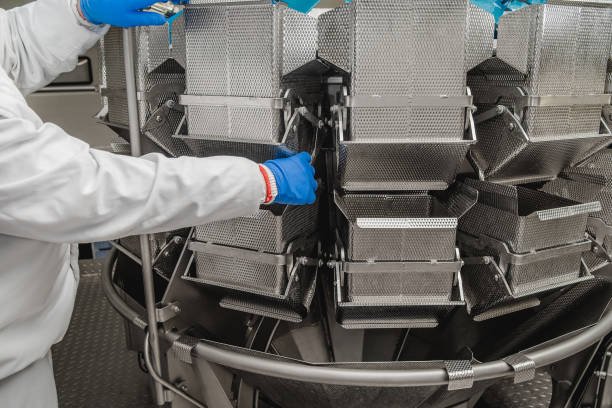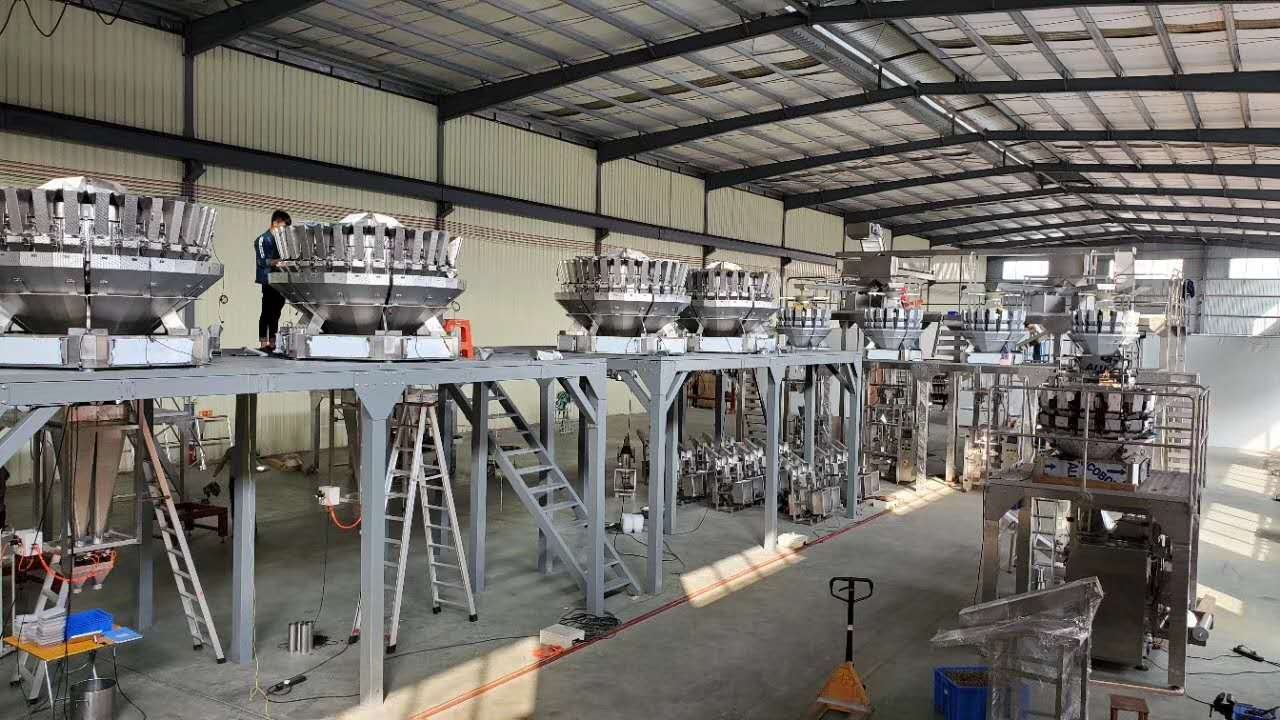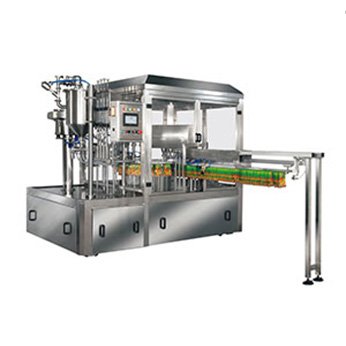
The classification of the Electronic Combination Scale is more to the combination of the number of scale heads as well as weighing the most to distinguish, there are 6 heads, 8 heads, 10 heads, 14 heads, 24 heads, and even 32 heads, the weight is from a few grams to tens of kilograms, according to the actual effect of the 10 head and 14 head of the most widely used.
Differences in Weighing Accuracy
#1 Different Weighing Principles
Quantitative automatic packaging scales are added while weighing, before reaching the target weight data continue to feed, when a small difference with the target weight must be added to a weighed object, i.e., coarse measurement and then fine measurement, such as being weighed by the individual larger or heavier when there is a larger error, which affects the accuracy of its weighing.
The electronic combination scale is composed of multiple weighing units with independent feeding and discharging structure, generally electronic combination scale consists of 8-32 weighing units. The computer utilizes the principle of permutation and combination to calculate the load of each weighing unit for automatic preference combination to arrive at the best and closest to the quantitative value of the combination for packaging.
#2 Different Reliability of the Test Data
The vibration feeding of the electronic combination section is carried out to the slow handsome hopper, and the weighing of the hopper is carried out in a stable situation, so the data obtained from the heavy address HuaiDu is higher.
#3 Different Fall Inaccuracies
Some quantitative automatic packaging scales are used to shorten the feeding time to reduce the road difference error, due to the flow rate, feeding the degree of uncertainty in the system, such as spoon degree of purple, there are still different degrees of difference. The electronic combination of scales from the buffer hopper to the weighing hopper material supplies, the weighing hopper fully stabilized after the instructions required for weighing, so there are no dropout inaccuracies.
The Difference in Weighing Speed
Traditional Quantitative Automatic Packaging Scales generally have to go through the weighing process of coarse measurement and fine measurement, especially the process of fine measurement needs to be added point by point, which takes a long time and affects the weighing speed.
The process of fine measurement needs to be added point by point, which takes a long time and affects the weighing speed. For example, the following 1k quantitative automatic packaging scale weighing speed is generally 20-30 bags/min, while the Electronic Combination of Scales in the computer’s rapid selection of the combination of general 14 weighing unit scales can reach 100-120 bags/min. There are 4-6 times faster than the weighing speed of quantitative automatic packaging scales and easier to match with a variety of packaging machines. The weighing speed is 4-6 times faster than that of a quantitative automatic packaging scale, and it is easy to match with various packaging machines.
It greatly improves packing efficiency and is more suitable for modern production management.
The Difference in Weighing Range
In the case of the same accuracy, the Electronic Combination of Scales weighing range than the quantitative automatic packaging scales larger, in general, Quantitative Automatic Packaging Scales in the same accuracy under the control of the weighing range of 4 times, while the electronic combination of scales in the small weighing section of the weighing range of up to more than a dozen times. From the results of a large number of tests can also be seen that there is a difference in the weighing range. For example, in the dozen grams to 1kg weighing range.
Electronic Combination Scales Application
It is mainly suitable for high-speed, high-precision automatic weighing of uniform and non-uniform particles, and regular and irregular bulk items, and quantitative weighing. There are mainly the following categories of products: the first category is puffed food category; the second category is candy, melon seeds category; the third category is nuts and other nuts with large shells; the fourth category is jelly, frozen food; the fifth category is leisure food, pet food, plastic hardware and so on.
Summarize
Due to the fast weighing speed, good dynamic accuracy, high degree of automation, and other properties of the electronic combination scale. With the rapid development of the global economy, whether it is the food industry, the drug industry, agriculture, household goods, and people’s living standards to further improve, the demand for electronic combined weighing equipment will increase dramatically.






